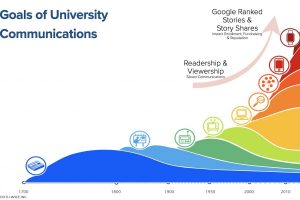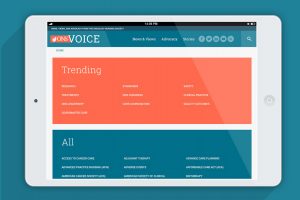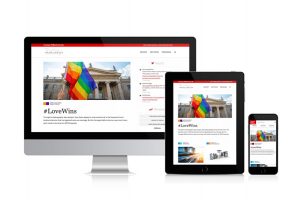
Few higher education leaders have seized the opportunity before them. Most remain in a promotion rather than a publishing mindset. And while they work tirelessly to produce content, few understand the steps to make it “productive.”


Few higher education leaders have seized the opportunity before them. Most remain in a promotion rather than a publishing mindset. And while they work tirelessly to produce content, few understand the steps to make it “productive.”

Three examples of companies, their special cause marketing initiatives, and keyword phrases pivotal for winning their battles for meaning.

This three-part blog series considers how companies and cause marketing can mature beyond nourishing brand loyalty and secure keyword phrases linked to bedrock principles.

The golden age of print magazines long ago expired (Time once reached 20 million readers a week at peak circulation). Still, writers, editors and photographers charged with producing a college or university magazine juggle the same risk/reward choices as their predecessors when it comes to creating memorable cover art. Whether your college magazine comes in […]

Take a look at a new digital magazine design created by Elliance, and learn more about their content classification process.

Read about the thinking behind the association magazine website design including strategy, design, interactive technology, and integrated advertising that is powering the news, views and advocacy engine for Oncology Nursing Society.

As discussed in a previous blog post, we recently redesigned the Carnegie Mellon Today online magazine. With this redesign, the focus changed from a print-based quarterly issue to an online-only site with new stories both produced and promoted on a weekly basis. With roughly 80% of existing site traffic coming to articles (a number that […]

Why relaunch the online Carnegie Mellon responsive university magazine when it was relaunched just two years ago? Two reasons: big data & branding.

With the CMU Today responsive web design project completed, Nik reflects on the benefits of having a device optimized online magazine.

Drew discusses the lessons learned from our latest responsive web design project which we did for Carnegie Mellon University magazine.